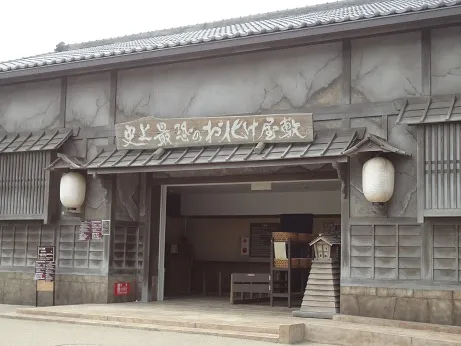Designing a Truly Immersive Virtual Haunted House Experience

Hey there, fellow art and tech enthusiasts! Robert Kline here, and as Halloween creeps closer, I find myself captivated by the possibilities of blending creativity with technology, particularly in the realm of virtual reality. Now, I’m no stranger to a good fright night, and the potential of VR to create truly immersive haunted houses is exciting, to say the least.
Recently, I’ve been exploring various horror games in VR, and while some aspects are genuinely chilling, I often find myself wanting more than just jump scares. It reminded me of this time I took my daughter to a haunted house at a theme park in Kyoto. The place was impeccably designed – atmospheric, dark, with realistic sets and live actors who could make your heart leap into your throat. But at its core, it was still just a series of well-executed scares.
Beyond Jump Scares: Crafting a Narrative-Driven Experience
Don’t get me wrong, jump scares have their place, and in VR, they can be incredibly effective. But just like a good horror film, I believe a truly captivating virtual haunted house needs something more: a compelling story.
Think about what makes horror truly impactful. It’s the psychological tension, the unsettling atmosphere, the slow burn of dread that stays with you long after the credits roll. These are the elements we need to explore in VR to create experiences that transcend simple scares.
The Power of Story in VR Horror
Imagine stepping into a virtual haunted house where every detail, every sound, feeds into a larger narrative. You’re not just walking through a series of corridors; you’re uncovering a mystery, piecing together fragments of a forgotten past, or confronting your deepest fears.
- Environmental Storytelling: Instead of relying solely on jump scares, we can use the environment to tell a story. Think derelict mansions with hidden passageways, each room whispering a tale of tragedy and despair. Imagine finding old letters, photographs, or diary entries that flesh out the backstory and add emotional depth to the experience.
- Character Driven Horror: What if our virtual haunts were populated by more than just generic ghouls? Imagine encountering AI-driven characters with their own motivations and backstories. These characters could interact with the player, offering cryptic clues, or perhaps even turning against each other, creating a dynamic and unpredictable environment.
- Psychological Horror: VR has the potential to tap into our deepest fears in ways traditional media simply cannot. Imagine experiences that play with perception, distort reality, and challenge our sense of self. By blurring the lines between what’s real and what’s not, we can create truly unsettling and unforgettable experiences.
 " width=
" width=
Robert Kline Art: Embracing the Future of Horror
As an artist and a creator, I’m incredibly excited about the future of VR horror. I believe that by combining innovative technology with compelling storytelling, we can create experiences that are both terrifying and thought-provoking.
What are your thoughts on the future of VR horror? Have you encountered any VR experiences that truly terrified you? Share your experiences in the comments below! And while you’re here, be sure to explore some of the amazing handcrafted creations on Robert Kline Art – perfect for adding a touch of spooky charm to your own Halloween celebrations!
